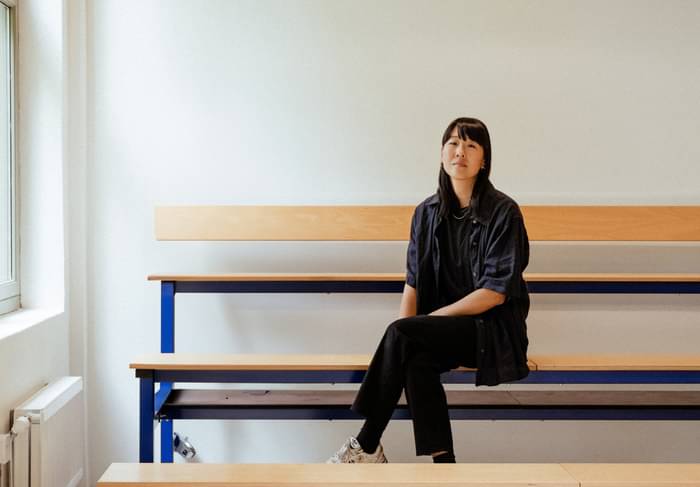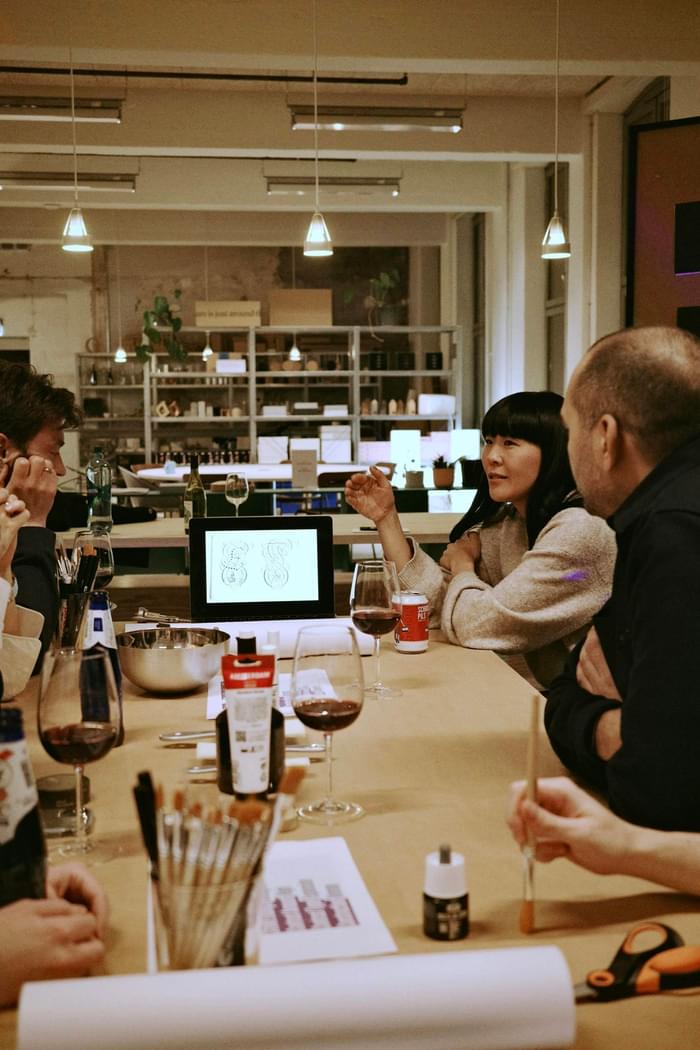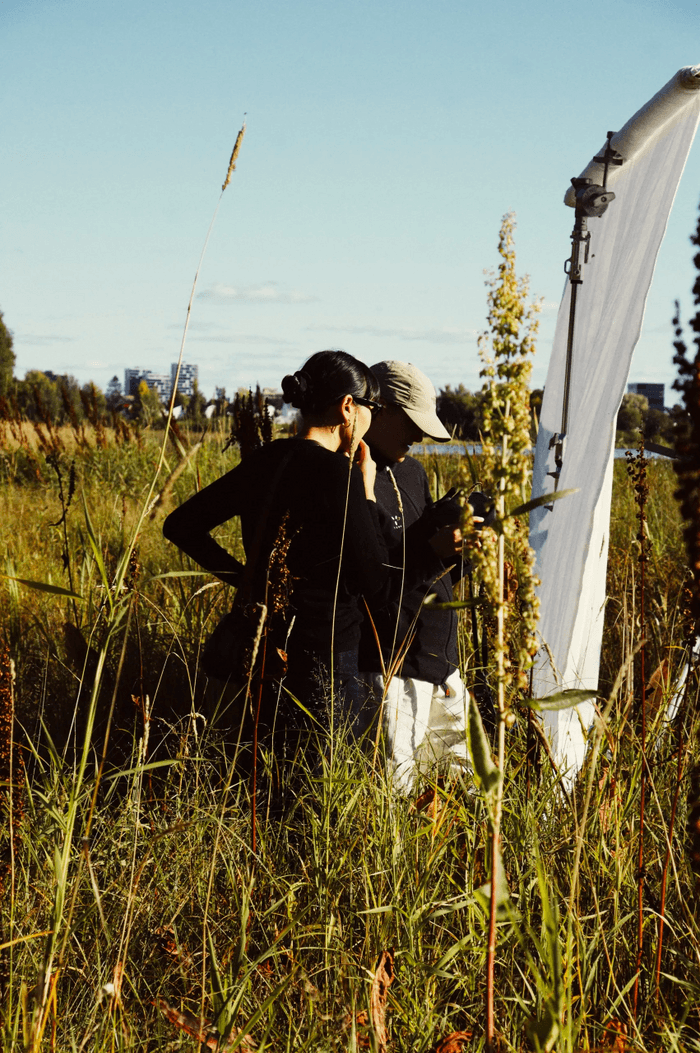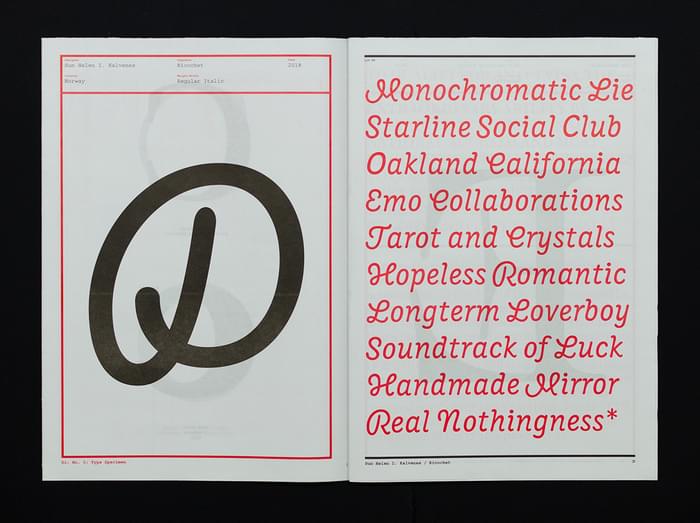
WIP What does diversity mean in design?
SH Diversity in design is not just about ethnicity or gender. Diversity in design really is the inclusion of a wide range
of perspectives, backgrounds, and experiences in the design process. It can include expertise in different ages, physical abilities, educational backgrounds, socioeconomic statuses and so on. When we think of diversity, we must consider how diverse our perspectives are, not just how we look. A visually diverse team might not always be diverse in experience or thought, which can impact the quality of our work as designers.


